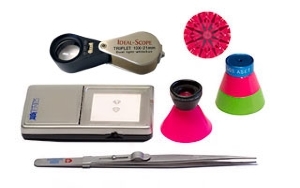lambalan14
Rough_Rock
- Joined
- Jun 25, 2016
- Messages
- 2
lambalan14|1466913565|4048432 said:I have received an ASET image which has black arrows.
All the ASET images I have seen on the internet have blue arrows with black/white areas suggesting leakage. Is it possible for an ASET image to have black arrows? I have only seen black arrows on idealscope images.
Thanks.
lambalan14|1466916258|4048442 said:Thanks Wink. Are you saying it not unusual to find black arrows in an ASET image?
